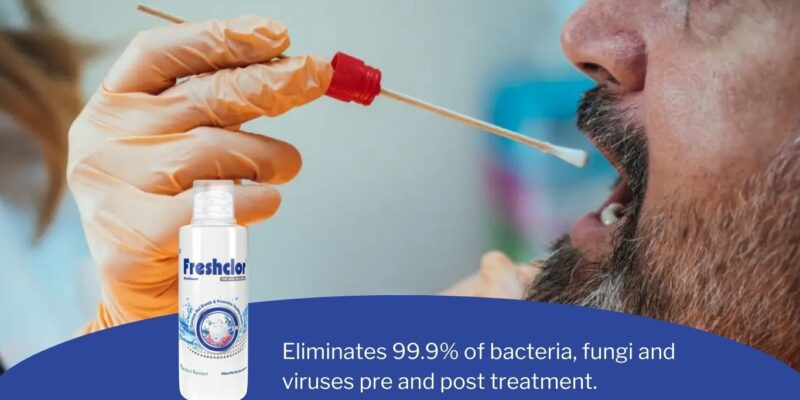The battle against oral squamous cell carcinoma (OSCC), a prevalent form of head and neck squamous cell carcinoma (HNSCC), faces significant challenges despite advancements in treatment modalities. The high incidence rate coupled with the poor overall survival statistics underscores the urgency for innovative diagnostic methods, particularly for early detection of recurrence. Traditional imaging techniques often fall short in identifying relapses at a stage when they are still treatable. In this context, a groundbreaking study has emerged, exploring the feasibility and effectiveness of using saliva as a non-invasive tool to detect OSCC recurrence.
The Rising Need for Early Detection Methods
OSCC is notorious not only for its prevalence but also for its tendency to recur, which significantly diminishes treatment success rates. Early detection of recurrence can dramatically improve patient outcomes by enabling timely intervention. However, the limitations of current imaging methods in detecting early relapse underscore the critical need for more sensitive and accessible diagnostic tools.
Innovations in Saliva-Based Detection
The recent study focuses on leveraging saliva as a liquid biopsy medium to identify tumor-derived mutations associated with OSCC. By collecting fresh tumor samples, whole blood, and saliva from patients before treatment, researchers studied the genetic landscape of OSCC through whole exome sequencing (WES) or gene panel sequencing.
Key Findings
The research unveiled that mutations in TP53 and FAT1 were among the most commonly mutated genes in primary tumors. More importantly, through gene panel sequencing of paired saliva samples, tumor-derived mutations were detected in an impressive 82% of patients. This high frequency of mutation detection across various sites and stages of disease suggests that saliva can indeed serve as a potent medium for monitoring OSCC.
The Significance of Variant Allele Frequency
One notable aspect of the study was the analysis of variant allele frequency (VAF) in detected mutations within saliva samples. With a mean VAF of 0.025, this metric provides crucial insights into the sensitivity and specificity of saliva testing in identifying OSCC-related mutations. The range observed (0.004 – 0.061) further indicates that even low-frequency mutations can be detected through this method.
Implications for Future Diagnostics
This research opens new avenues for non-invasive cancer diagnostics and monitoring, particularly for OSCC where early detection of recurrence could significantly influence treatment strategies and outcomes. Demonstrating the feasibility and efficacy of using saliva as a liquid biopsy medium, sets the stage for more extensive trials comparing this approach against standard imaging techniques.
Furthermore, these findings could pave the way for developing personalized monitoring plans based on individual genetic profiles identified at diagnosis. Such tailored approaches could revolutionize how we predict and manage cancer recurrence, moving towards more proactive rather than reactive care models.
Conclusion
The results from studying somatic tumor mutations detectable in saliva offer newfound hope in improving early detection rates for OSCC recurrence. This innovative approach not only challenges traditional diagnostic paradigms but also reinforces the potential of liquid biopsies in transforming oncological care. As further trials compare this method with conventional imaging techniques, there’s optimistic anticipation that saliva-based tests will become integral tools in managing OSCC effectively—ultimately enhancing patient survival rates through timely intervention during recurrences.




















Comments